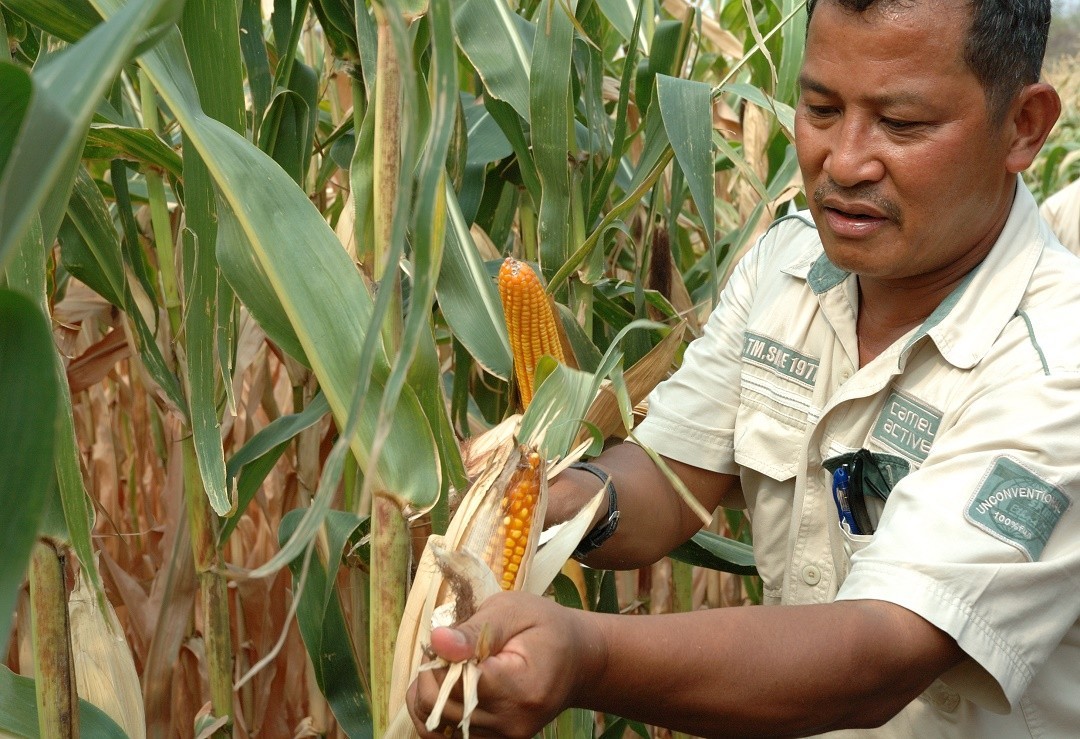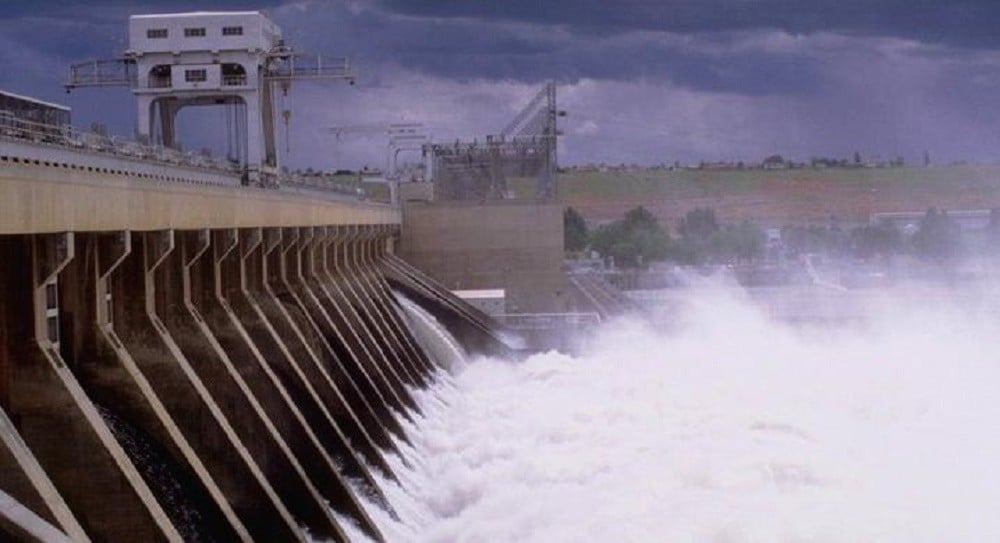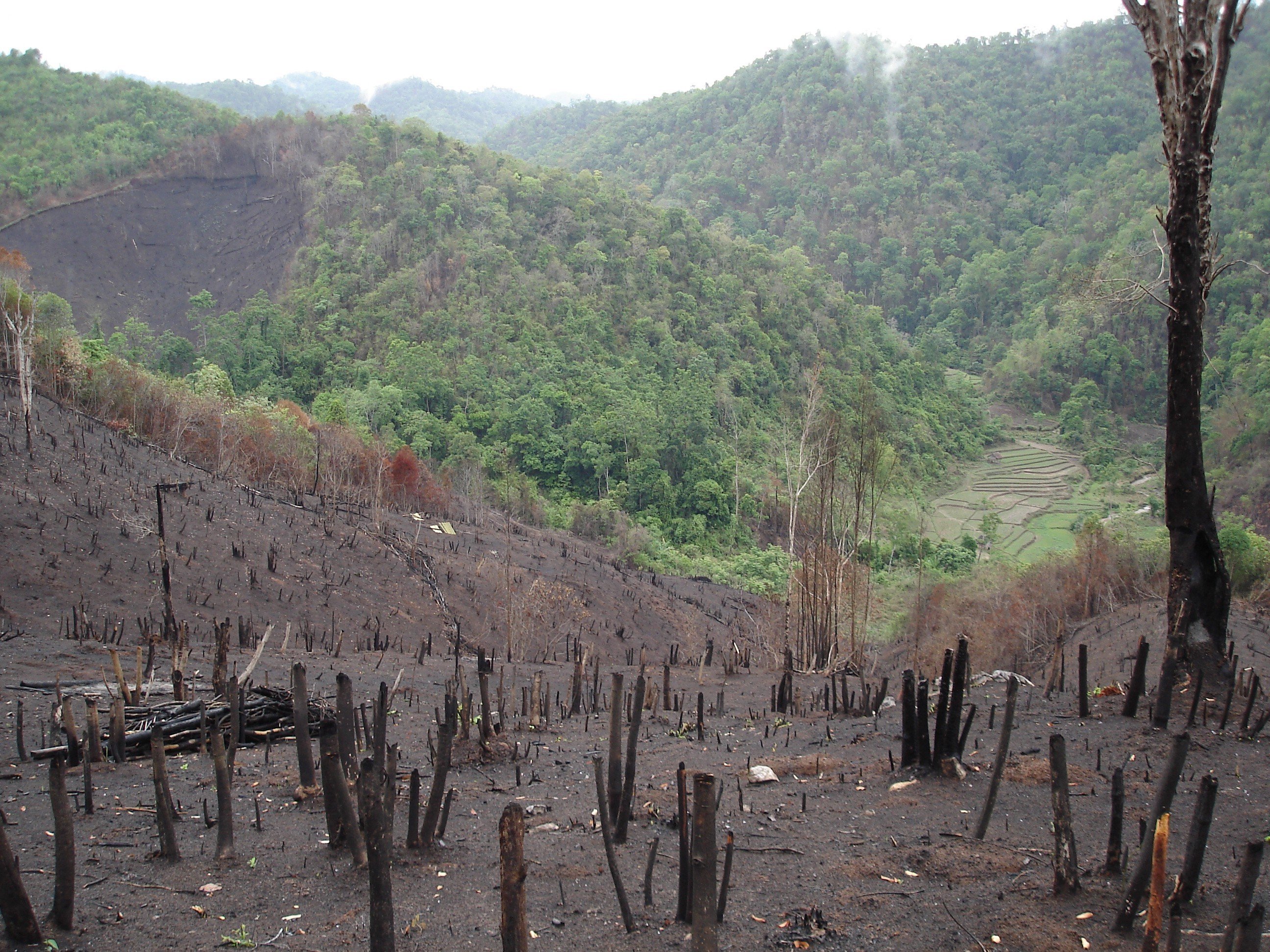The clean-and-safe energy revolution is not imminent. In fact, according to the information compiled by Looking Ahead: The 50 Global Trends That Matter,1an annual compendium of data and graphics on subjects ranging from economics to demography to energy, the majority of the planet’s electricity needs will still be fueled by coal and natural gas in 2040—despite strong growth in nonhydro renewables such as wind, solar, and geothermal. The report also expects the shale phenomenon to abate, with Saudi Arabia reasserting itself as the world’s leading oil producer in 2030.
Looking Ahead, which is produced by an independent think tank supported by Abu Dhabi’s Crown Prince Court, does not take a view on these trends; instead, it simply lays out the best available information from a wide variety of sources, including governments, consultancies, think tanks, corporations, and multilateral institutions. The overriding aim of the publication is to highlight issues that matter in compelling visualizations that make it easier for readers to grasp a large amount of interlinked data—and thus better understand both the nature of the problems the world faces and how to address them.









